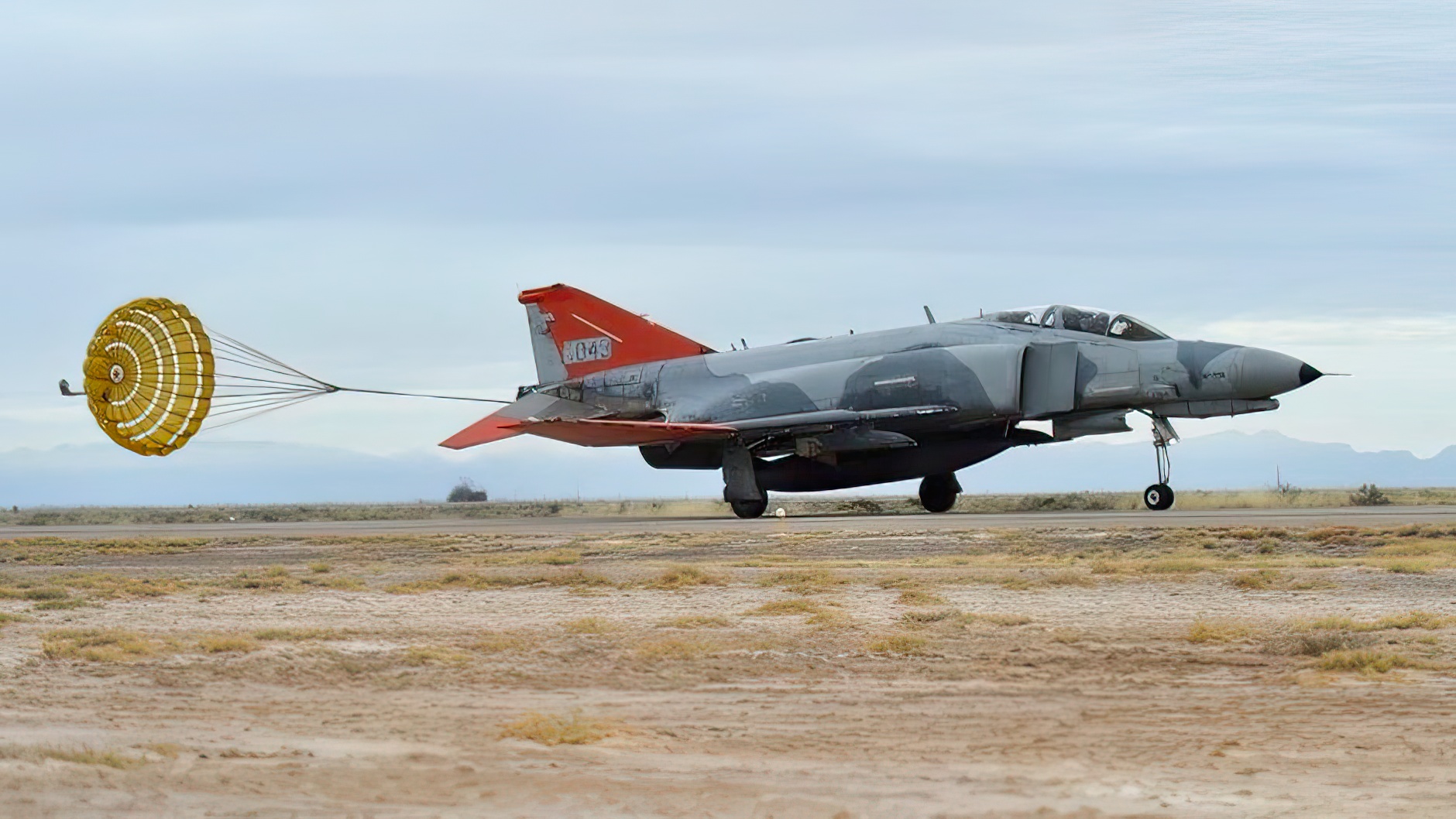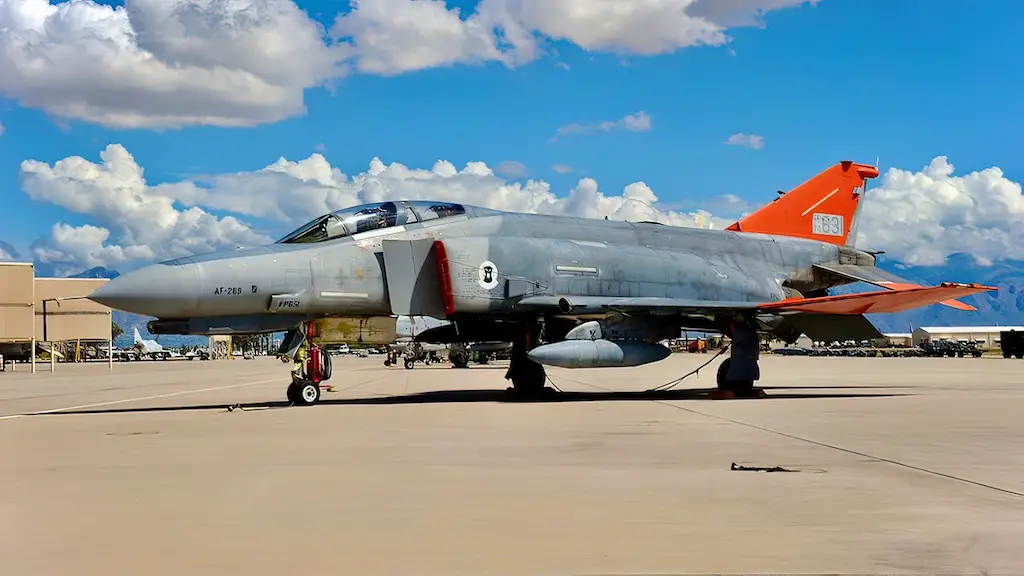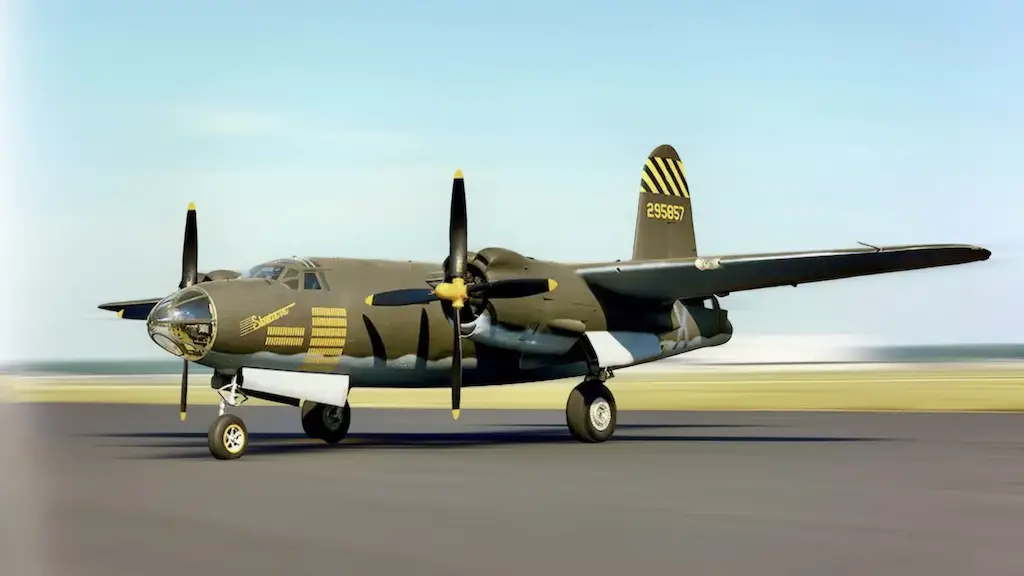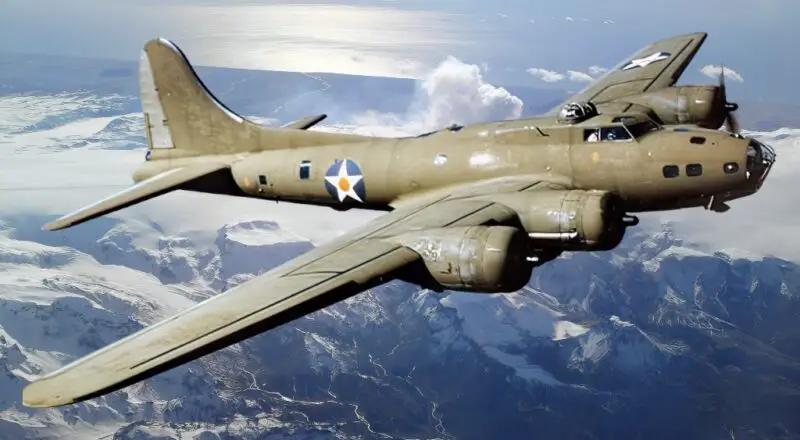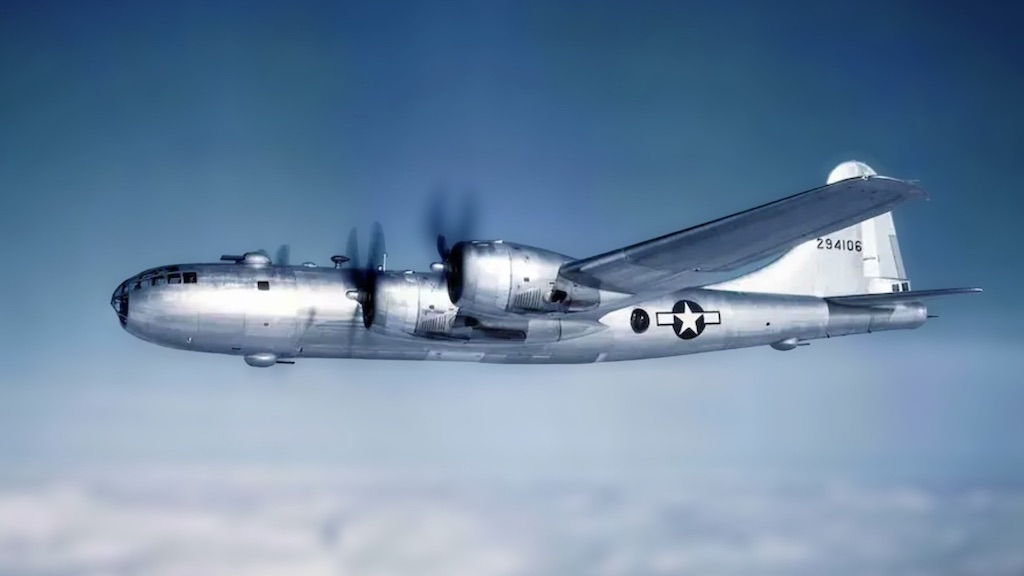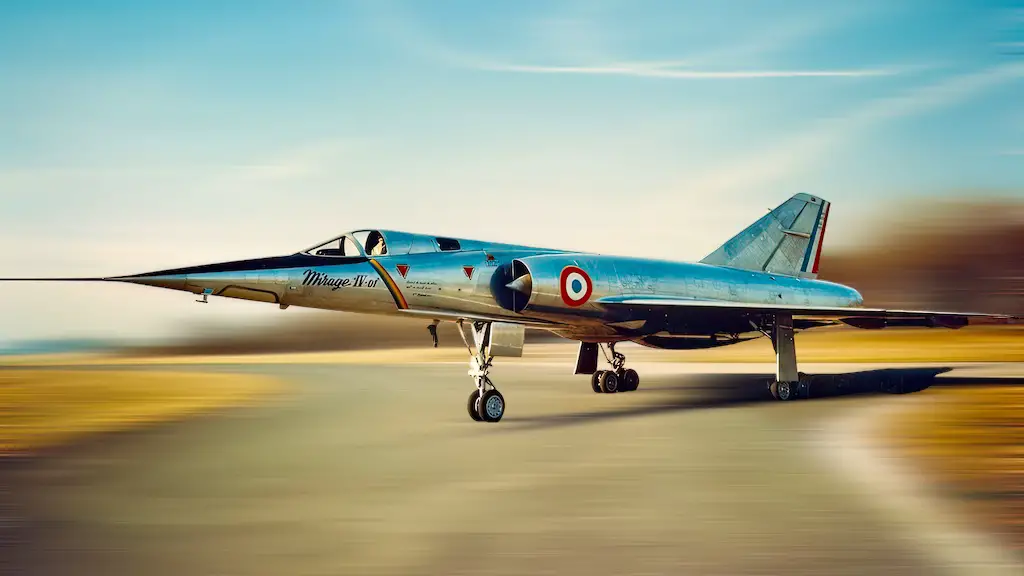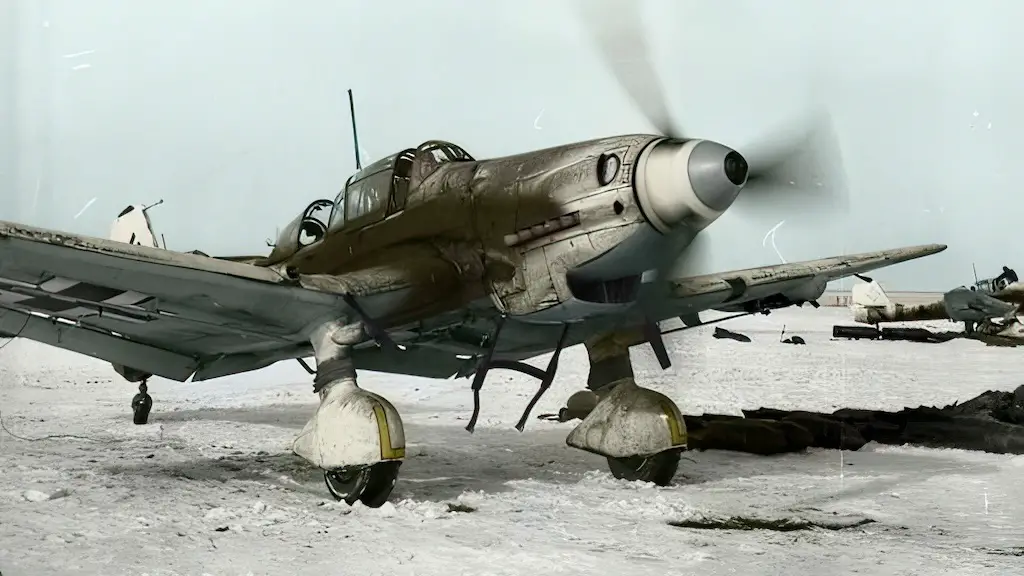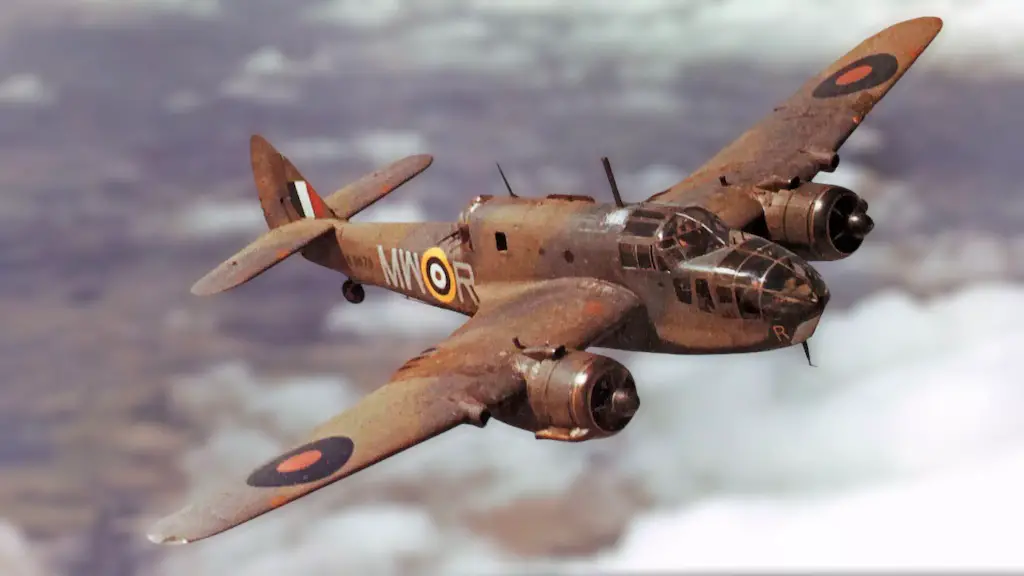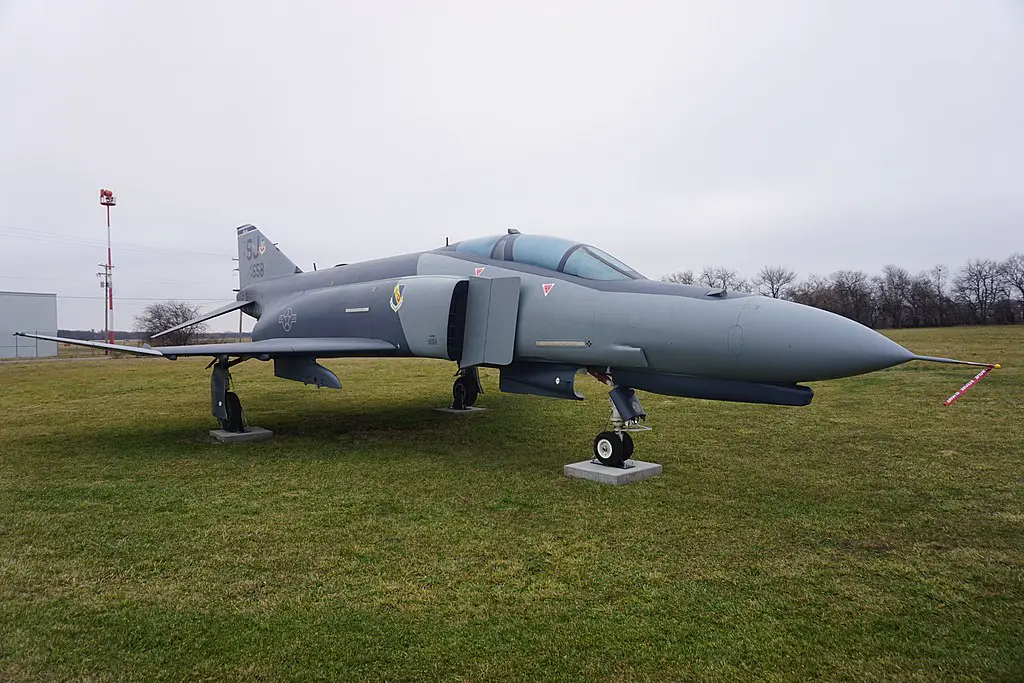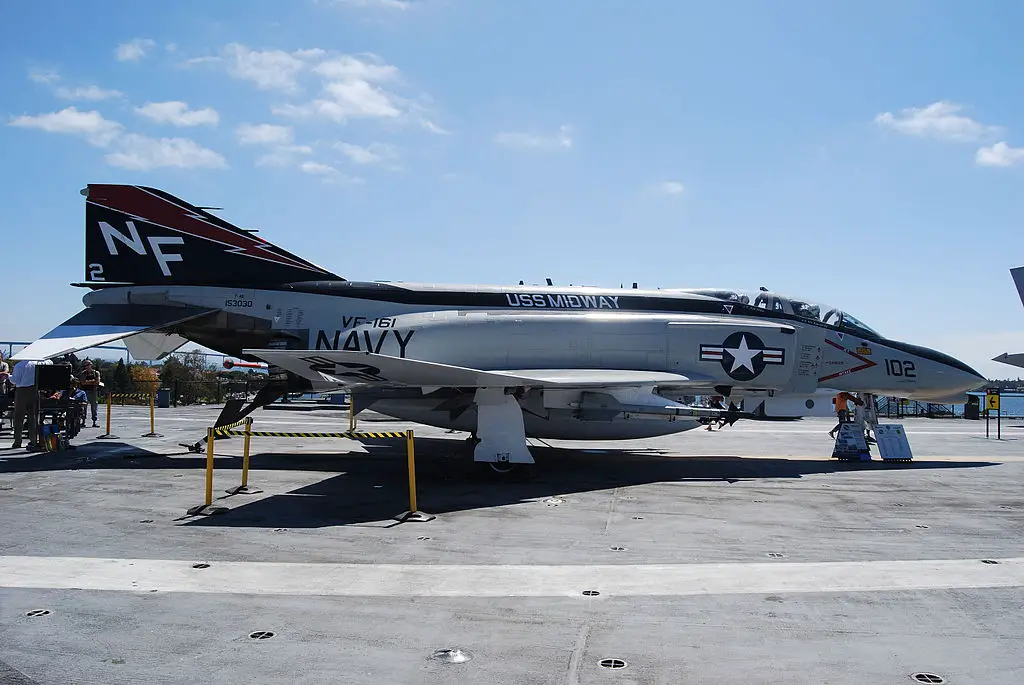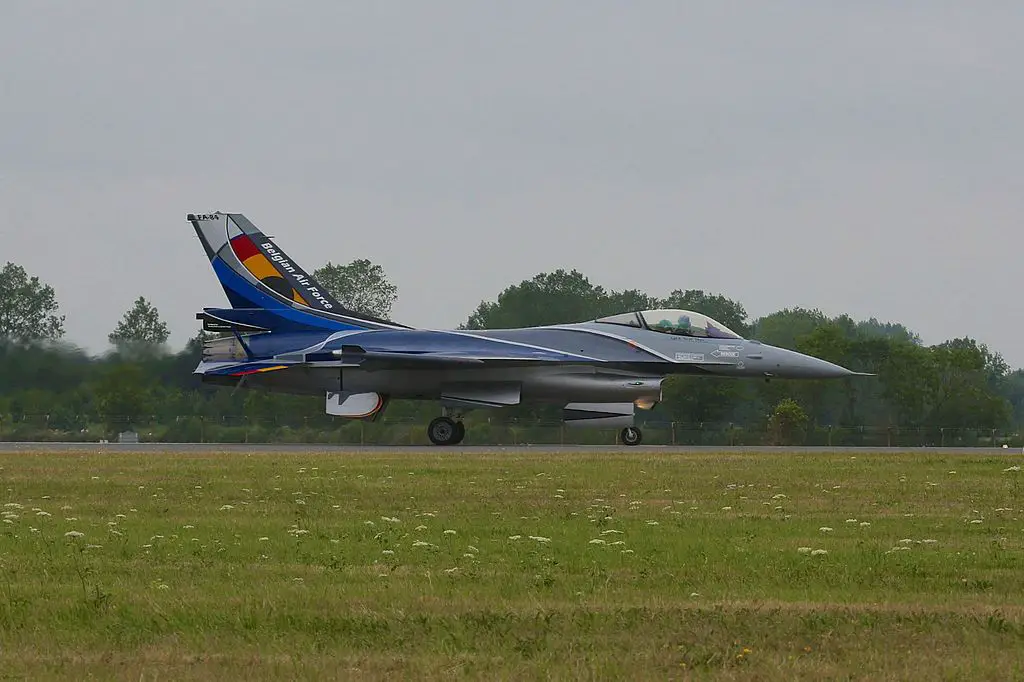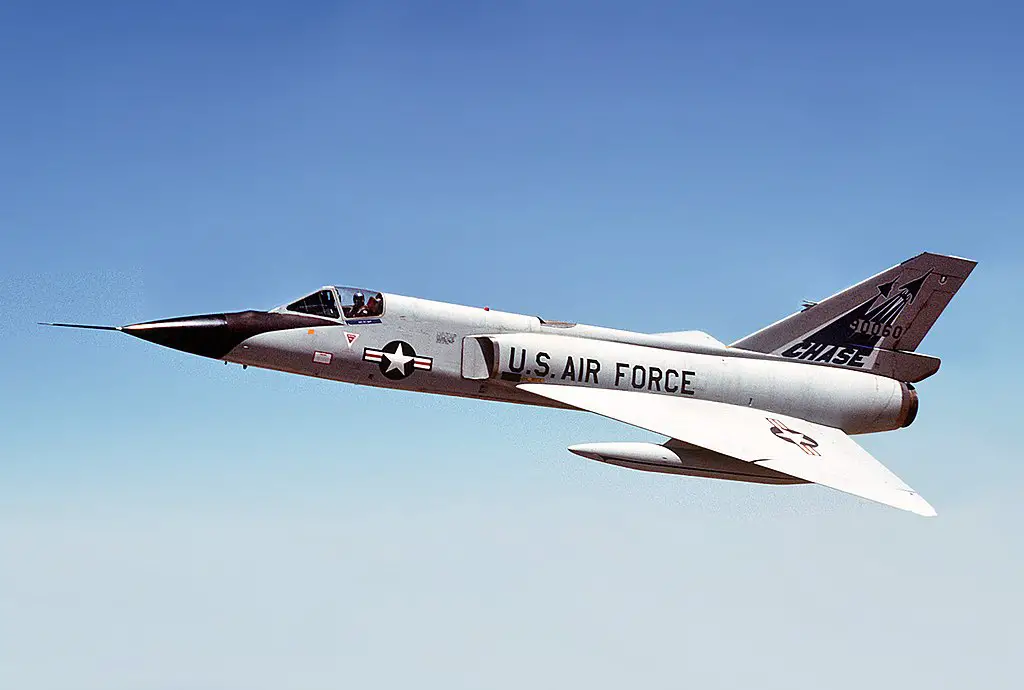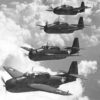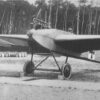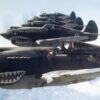The McDonnell Douglas F-4 Phantom II has been among the most successful and longest serving US combat aircraft. Entering into service in early 1960s, it has had a hectic career with the USAF, US Navy, and USMC spanning over three decades. Even after its service as a multirole fighter came to an end, the Phantom went on being useful to the US military for another couple of decades as a target-practice drone.
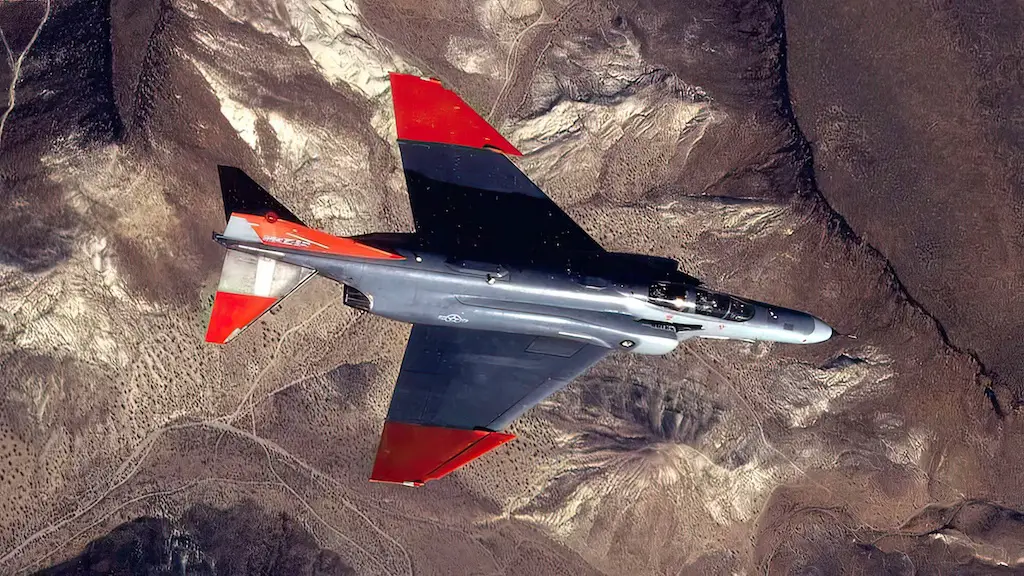
Goodbye Delta Dart, hello Phantom!
In mid 1990s, as the F-4’s service was verging to a close, Tracor (now a part of BAE Systems) was awarded a defense contract to convert decommissioned Phantoms into drones for target practice under Pentagon’s Full-Scale Aerial Target (FSAT) program, which had been on the run since 1974.
The airframes selected for regeneration were repaired at Aircraft Maintenance And Regeneration Center (AMARC) in Tucson, Arizona, and then converted into target drones at Tracor’s facility at Mojave Airport, California. From 1997 onward, Phantoms started replacing the Convair QF-106 Delta Dart, another jet born in the good old 1950s, in the FSAT role. After the stock of F-4Gs suitable for drone conversion was depleted, the company switched to F-4Es, and then to RF-4Cs.
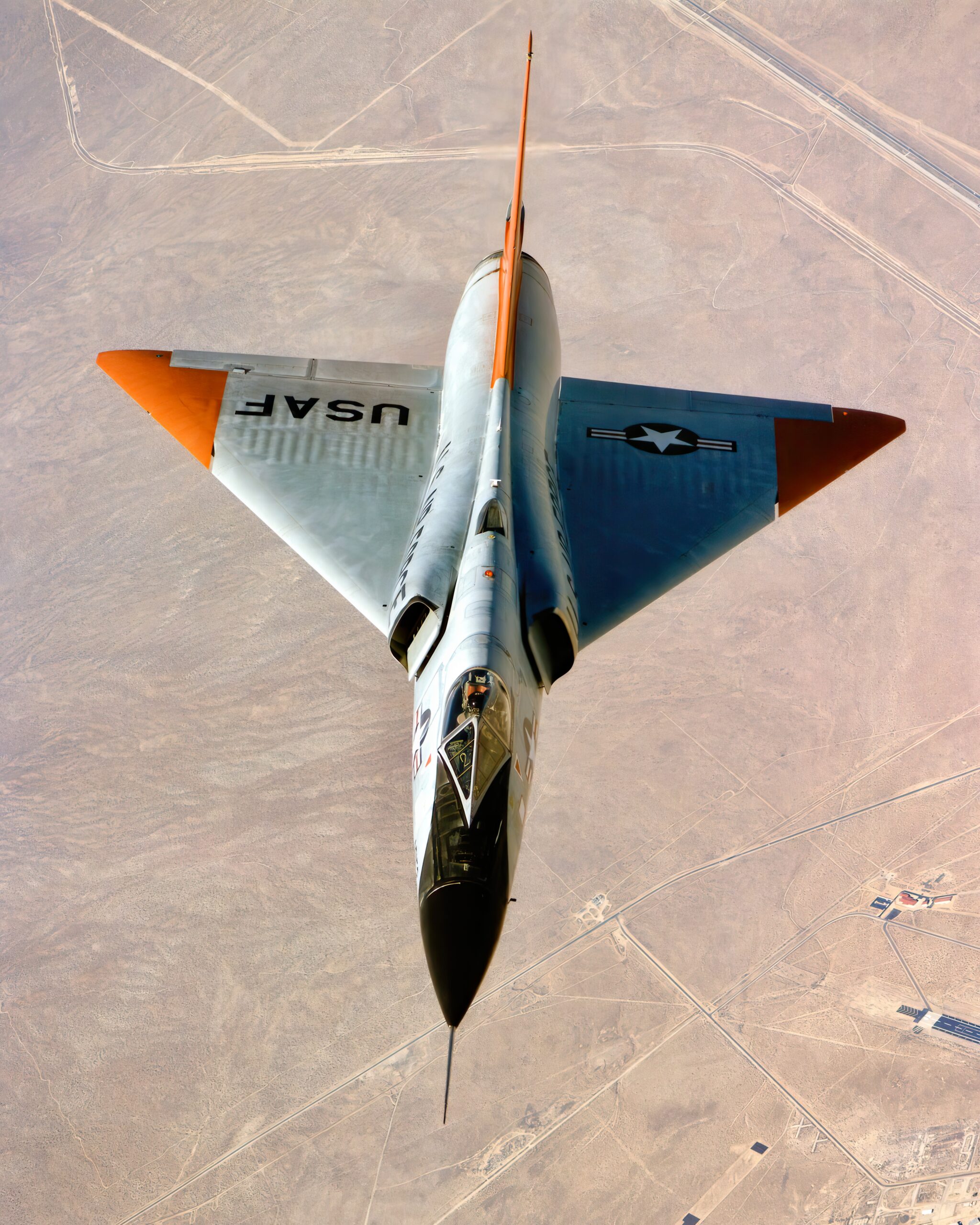
Rewiring the Phantom
Apart from whatever repairs necessary to bring the plane back to an airworthy condition, the conversion process also involves a comprehensive rewiring of the aircraft to turn it into an unmanned aerial vehicle fit for the target role. It is retrofitted with four sensors feeding information to the proximity scoring system used in missile trials. The former fighter’s gun compartment gets to host computers ensuring the remote operation of the drone.
In case an operator loses the control of the drone for good or it becomes dangerously unstable in flight, QF-4 is equipped with a self-destruction mechanism. All the key changes happen to the aircraft’s guts with few changes visible on the exterior. Among the latter are several humps and bumps — such as transponder equipment placed on top of the fuselage — and high visibility patches painted on the tail and wingtips.
“Manned-coupled missions”
QF-4 drones can also be flown with a pilot onboard for tests and performance monitoring, such as validation tests of non-lethal weapon system components. In fact, according to the US Air Force, “the majority of QF-4 missions are flown in the manned configuration.” Besides, before becoming operational each QF-4 is checked flown with a human in the cockpit. During a test flight called “manned-coupled mission” an aircraft with a human inside is controlled by a remote operator from ground station.
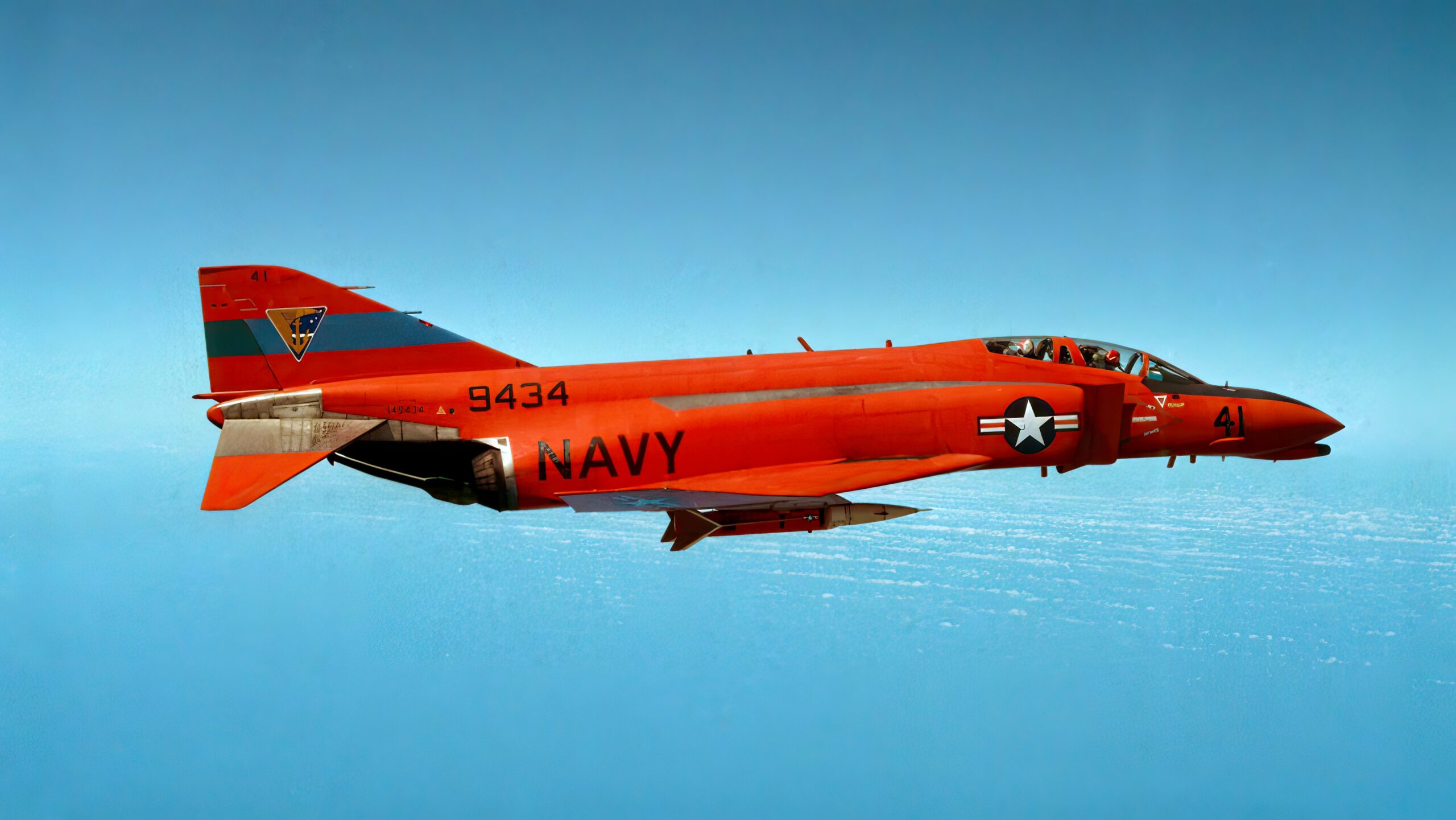
Zombie Viper comes on stage
With the conversion of each Phantom pulled out of the boneyard totaling about six months, the whole process took about two decades. The 300th F-4 reconfigured for unmanned flight left the BAE Systems’ facilities in 2012, and the last one in 2013. The last practice shooting involving a QF-4 took place on August 17, 2016. Thus, the Phantom’s second life, in the capacity of a target drone, has ended as well, with General Dynamics QF-16 Zombie Viper, an optionally piloted version of F-16 Fighting Falcon, succeeding to it as a FSAT platform. The venerable Phantom has bid its last farewell and completely retired from the military service. That is in the US. It is still actively used by air forces of several other countries, including Greece, Turkey, and Iran.
